Royals have to follow a number of rules when it comes to how they live their everyday lives. The same goes for royal children! From what they wear to how they are educated and how they can travel, royal kids have a lot of more restrictions than just your everyday kids. Here are 12 shocking rules that all royal children must follow:
12. Travel Restrictions
According to royal protocol, royal heirs shouldn’t travel on the same plane together. As most of us know, Prince William is second in line to the throne, and Prince George is third while Princess Charlotte is fourth, and Prince Louis is the fifth. The rule serves to protect the royal lineage should anything happen to the plane. Following the birth of Prince George in 2013, the Queen made an exception for Prince William and Kate Middleton during their tour of Australia and New Zealand in 2014 and the family has continued to travel together on subsequent tours. Once George turns 12, however, no more exceptions will be made, and he and William will no longer be able to share a flight together.
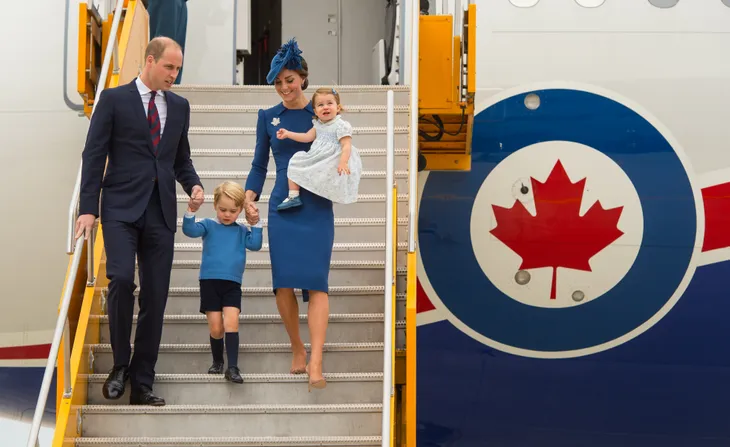 Photo by Dominic Lipinski-Pool/Getty Images
Photo by Dominic Lipinski-Pool/Getty Images11. Dress Code
Shorts are compulsory for young boys in the royal family. Tradition dictates that boys of the upper classes cannot wear long pants until they are about eight years old. “Trousers are for older boys and men, whereas shorts on young boys is one of those silent class markers that we have in England,” William Hanson told Harper’s Bazaar. “Although times are (slowly) changing, a pair of trousers on a young boy is considered quite middle class – quite suburban. And no self-respecting aristo or royal would want to be considered suburban.” The tradition likely comes from the centuries-old practice of “breeching.” Boys in Western Europe were expected to only wear dresses during the first few years of their life; this practice continued until the 1920s. Then they were given their first pair of short trousers in a formal ceremony, which marked their journey “from babyhood to boyhood.”
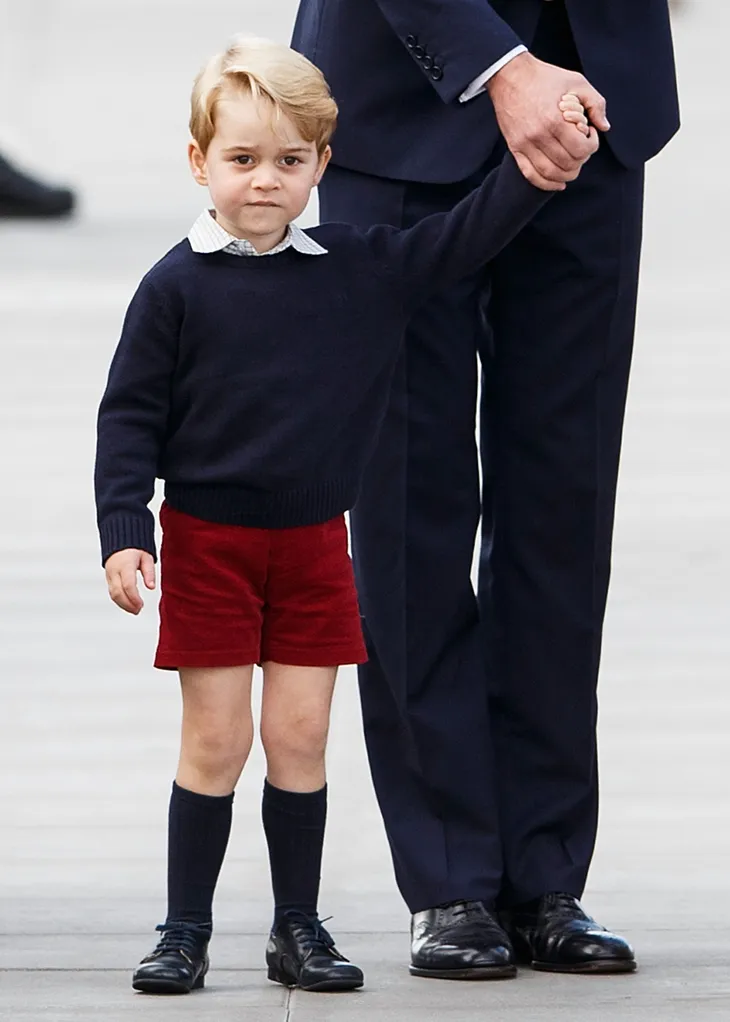 Photo by Andrew Chin/Getty Images
Photo by Andrew Chin/Getty Images10. They Don’t Open Gifts on Christmas Day
On Christmas day, the royal family gathers together for the morning service at St. Mary Magdalene in Sandringham. This tradition dates back to the 16th century. Because of this, there is no time for Prince George, Princess Charlotte and Prince Louis to open presents on Christmas morning, so they follow a German tradition by opening their presents on Christmas Eve. At nightfall, parents will signal for their royal progeny to come to the Christmas tree room using bells and that’s when they open their gifts.
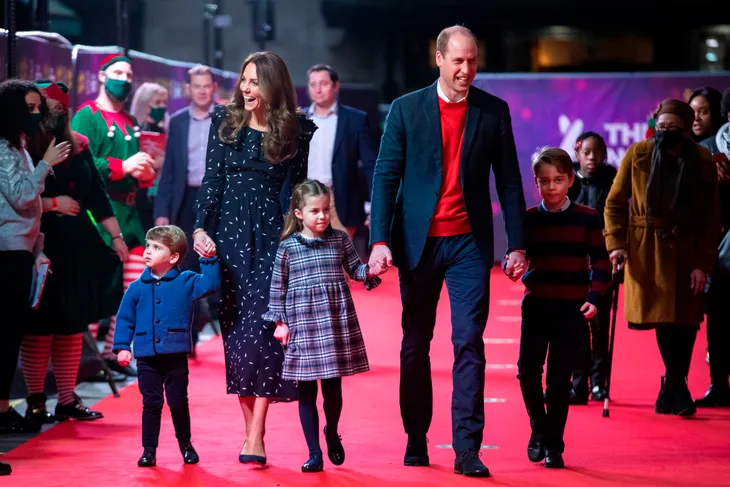 Photo by AARON CHOWN/POOL/AFP via Getty Images
Photo by AARON CHOWN/POOL/AFP via Getty Images9. Can’t Play Monopoly
No one in the royal family is allowed to play Monopoly. According to Prince Andrew, it is because things get vicious when the royal family plays the game. “We’re not allowed to play Monopoly at home. It gets too vicious,” he said when visiting Leeds Building Society’s newly-refurbished Albion Street headquarters in 2008. Poor Charlotte, Louis and George – this means that they might never get the opportunity to play the classic game!
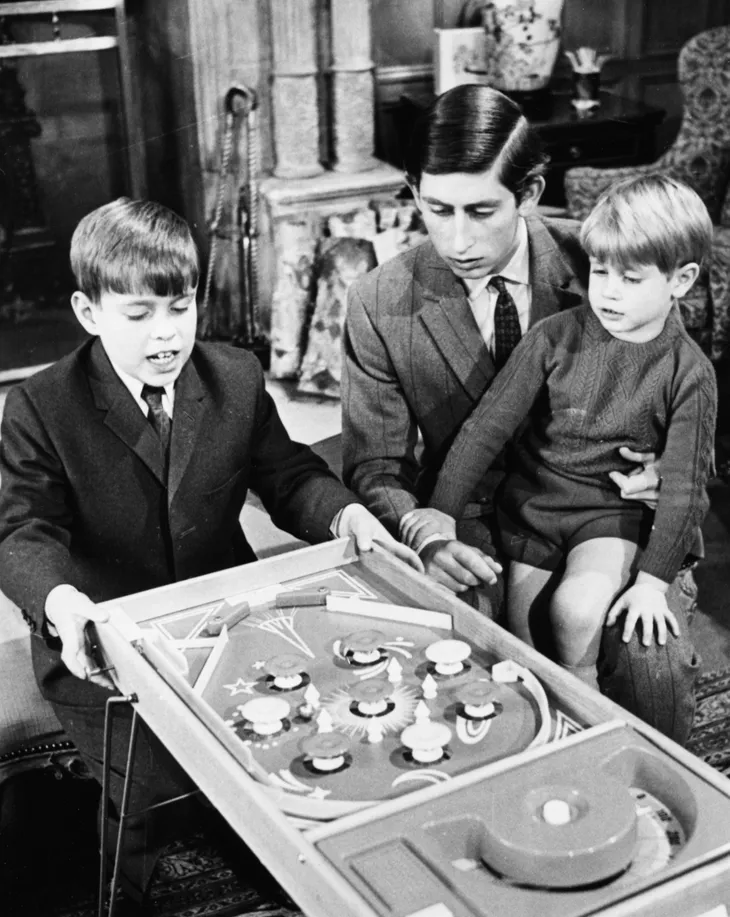 Photo by Central Press/Hulton Archive/Getty Images
Photo by Central Press/Hulton Archive/Getty Images8. Special Rituals for Baptisms
Royal baptisms take place in The Lily Font, a small, silver gilt vessel that is part of the Crown Jewels and has been used since 1841 for royal christenings and is flown in from the River Jorden where Christ was baptized by John the Baptist for the ceremony. Other than that, it’s a standard baptism.
 Photo by Matt Dunham – WPA Pool /Getty Images
Photo by Matt Dunham – WPA Pool /Getty Images7. Baptismal Gown
All royal babies have to be baptized in a replica of a Victorian gown. The original, which was commissioned by Queen Victoria for her eldest daughter Victoria in 1841 and was subsequently worn by 60 royal babies – now that’s history! The original gown was retired in 2004 after it was deemed “too fragile for further use” so a new gown was made that is identical to the original.
 Photo by Dominic Lipinski – WPA Pool/Getty Images
Photo by Dominic Lipinski – WPA Pool/Getty Images6. No Tiaras Until Marriage
In the royal family, unmarried women are prohibited from donning a tiara until marriage. A tiara is a symbol of betrothal much like a wedding band, so don’t expect to see Princess Charlotte in one until the day of her wedding!
 Photo by Max Mumby/Indigo/Getty Images
Photo by Max Mumby/Indigo/Getty Images5. Education
All royal children are required to get a superior education. In the past, most royal children had been privately tutored at home. Charles was for much of his childhood until his parents sent him to an elite boarding school to make him worldlier. Prince William and Prince Harry were the first to be sent to nursery school and then private schools like Eton. Prince George and Prince Charlotte have already got a head start on their educations. George attended the Westacre Montessori School in Norfolk while Charlotte attends Willcocks Nursery School in Kensington, and Prince Louis will most likely follow in his big brother’s footsteps.
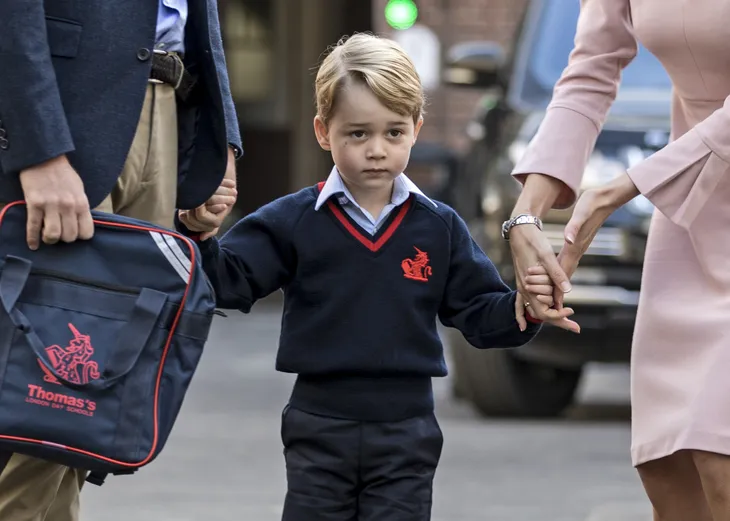 RICHARD POHLE/AFP via Getty Images
RICHARD POHLE/AFP via Getty Images4. Security Team
While most kids are used to just traveling to school with their parents, royal children have a security team that also travels with them. The royal protection team that accompanies Prince George to school spent months planning a network of different routes to his school to alternate between on a regular basis. There’s also a wider policing plan in place in relation to any extra resources they might require should they have any issues.
 Photo by Mark Cuthbert/UK Press via Getty Images
Photo by Mark Cuthbert/UK Press via Getty Images3. Royal Training
Royal kids must get extensive media training before they are out of diapers. William was able to do the “Windsor wave” at just 18 months. Prince Charles had already taught him how to behave in front of cameras, so by the time he was four, he was a pro. Prince George, Princess Charlotte, and Prince Louis can expect the same kind of training.
 Photo by Max Mumby/Indigo/Getty Images
Photo by Max Mumby/Indigo/Getty Images2. Multiple Languages
Many in the royal family are multilingual. Queen Elizabeth can speak French fluently while Prince Harry can speak Arabic. Prince Philip could speak French and German while Prince William can speak French and Welsh, but not perfectly. Prince Charles also can speak Welsh and German. Meanwhile, Kate and William’s children are already bilingual! They can speak some Spanish.
1. No Political Affiliations
The royal family must remain neutral with respect to political matters because their positions wield a huge potential influence on voters. This also means that the Queen can’t vote and neither can those close to her so that includes Prince William or Kate Middleton. Their children are going to have to grow up being politically neutral as well and we don’t expect them to be able to vote either!


